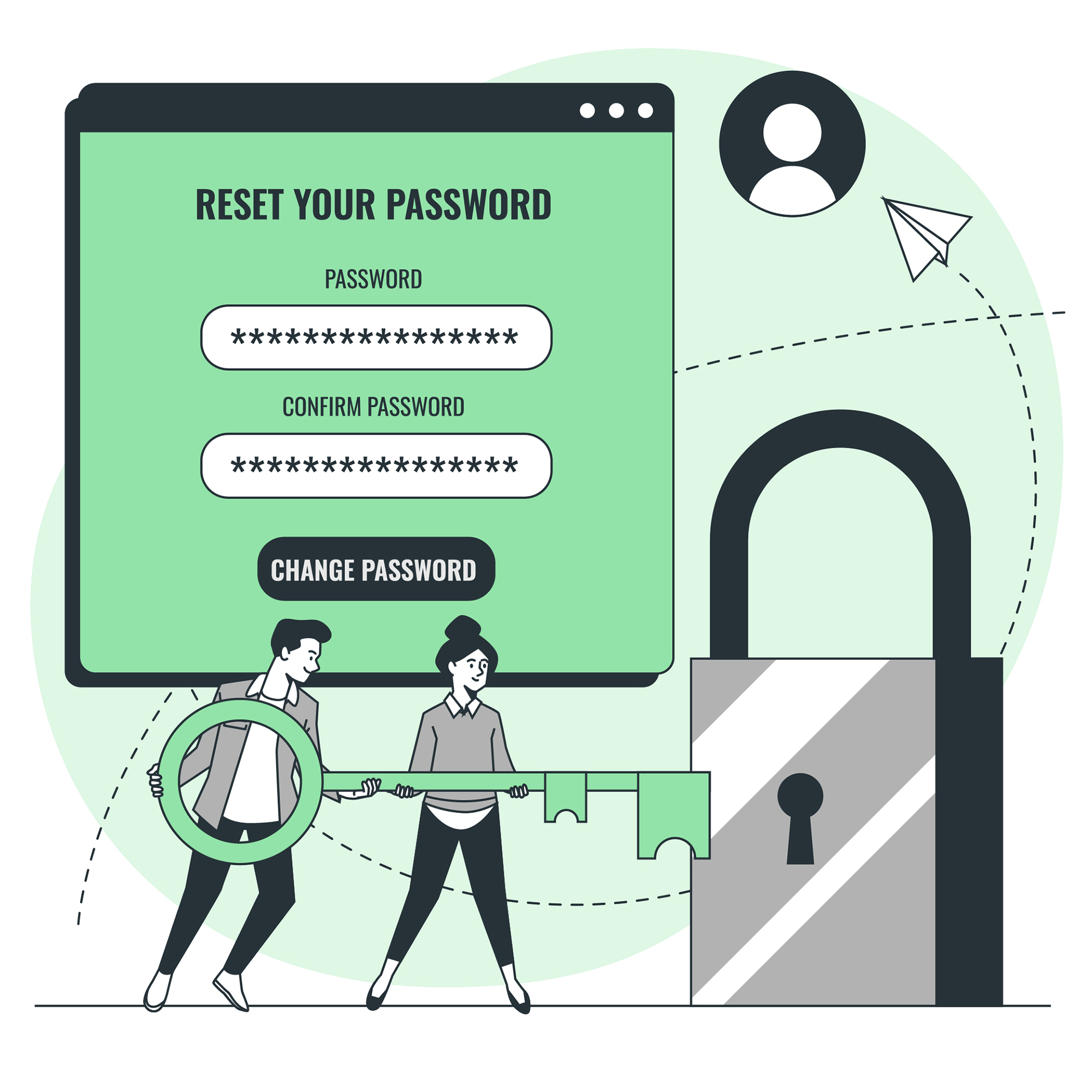Forcing users to change their passwords periodically has long been a security measure for many organizations. However, research has shown that this practice can be counter-productive and may even reduce security. Instead, organizations should focus on other measures to increase security.
Stop Forcing Password Changes
Forcing users to change their passwords frequently can actually be detrimental to security. If a user is forced to change their password too often, they may choose weaker passwords or forget their passwords more easily. Additionally, this practice can lead to users writing down their passwords or using the same password for multiple accounts, both of which can increase the risk of a data breach.

Furthermore, forcing users to change their passwords regularly can be a hassle for users and can lead to decreased productivity. Users may become frustrated with the process and may even be less likely to use the system if they are constantly having to reset their passwords.
Finally, forcing users to change their passwords can be an unnecessary expense for organizations. Organizations may have to invest in additional software or staff to manage the process, and may have to spend more time and money on user training.
Increase Security in Other Ways
Rather than forcing users to change their passwords, organizations should focus on other measures to increase security. Organizations should use strong passwords and multi-factor authentication to protect user accounts. Additionally, organizations should use encryption to protect sensitive data and should regularly monitor user activity to detect suspicious behavior.

Organizations should also educate users on security best practices, such as using unique passwords for each account and not sharing passwords with others. Additionally, organizations should provide users with secure password management tools, such as password managers, to help them manage their passwords securely.
Finally, organizations should regularly review their security policies and procedures to ensure they are up to date and effective. Organizations should also use automated tools to scan for vulnerabilities and should deploy software patches and updates in a timely manner.
Forcing users to change their passwords periodically can be counter-productive and may even reduce security. Instead, organizations should focus on other measures to increase security, such as using strong passwords, multi-factor authentication, encryption, and regular user activity monitoring. Additionally, organizations should educate users on security best practices and provide them with secure password management tools. Finally, organizations should regularly review their security policies and procedures and deploy software patches and updates in a timely manner.




![Crafting Unforgettable Passwords: A Guide for Developers A string of random characters typically has higher entropy compared to a few common words due to the vast number of possible combinations. For example, a 10-character lowercase password has roughly the same entropy as a 4-word passphrase picked from a 5000-word dictionary [5].](https://passwordclinic.com/wp-content/uploads/2024/06/automation-section-3-150x150.webp)




![A string of random characters typically has higher entropy compared to a few common words due to the vast number of possible combinations. For example, a 10-character lowercase password has roughly the same entropy as a 4-word passphrase picked from a 5000-word dictionary [5].](https://passwordclinic.com/wp-content/uploads/2024/06/automation-section-3.webp)

